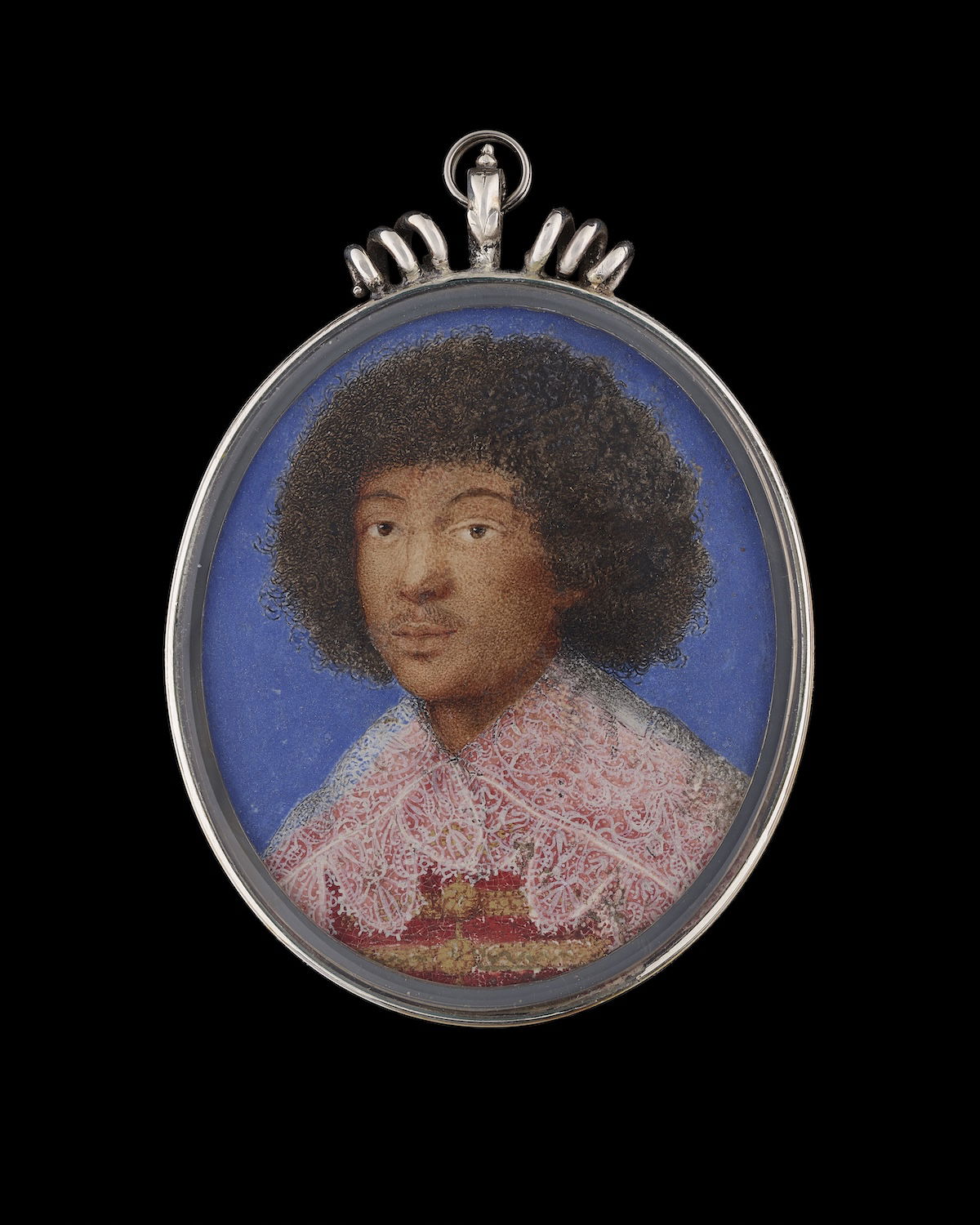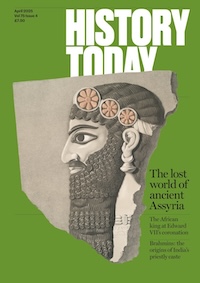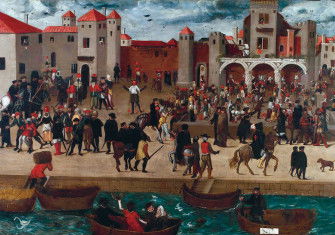Death of Zaga Christ
Zaga Christ died on 22 April 1638 leaving Europe no wiser as to the authenticity of the self-proclaimed Ethiopian prince who might bring his homeland to Catholicism.

Sometime in 1633 a teenage Ethiopian prince, newly converted to Catholicism by Franciscans in Jerusalem, knelt before Pope Urban VIII and kissed his feet. His name was Zaga Christ and the Church had high hopes for him.
The title page of his autobiography, published in France in 1635, would proclaim him ‘Issue of the line of David and Solomon, son of the Emperor Yaqob … known as Prester John’. The swagger of this was unmistakeable.
The Ethiopian Church was one of the oldest in the world. To the Vatican it was heretical. They called the Ethiopians Jacobites, after the sixth-century bishop of Edessa, Jacob Baradaeus, whose teachings they followed. A Catholic Ethiopian with a claim to the throne was almost too good to be true.
Many thought that it was. Zaga Christ had emerged onto the world stage in March 1632 when he introduced himself to the Venetian consulate in Cairo. He was 16 years old. From there he went to Jerusalem, then on to Otranto and Naples before arriving in Rome. He flirted with Dutch and English support, and enjoyed the ducal hospitality of Mantua, Parma, and Turin. Still, there was no evidence, oral or material, to corroborate his story. His princehood coasted on no other proof than his word. And with good reason: Emperor Yaqob I had died a decade before he was born.
Eventually he was persuaded to Paris where, one observer said, he was ‘much caressed by [Richelieu] and the king’. Other caresses were available: in November 1637 he tried to elope with Magdalene Alamant, a high-status Parisian, who was already married. Cynics noted that his direction of travel took him further from the kingdom he said he wanted to reclaim from its then king, Fasilides. He died on 22 April 1638 on Richelieu’s estates at Rueil.
We still don’t know who Zaga Christ was. It’s not impossible that he was, as some alleged, a renegade monk: it was said he knew the entire Bible by heart. One way of looking at his sojourn in Europe is to see him as a pawn in the power games of the Catholic Church and, perhaps, nascent European colonialism. But he exploited religious and national rivalries to sustain himself in a life of luxury.






